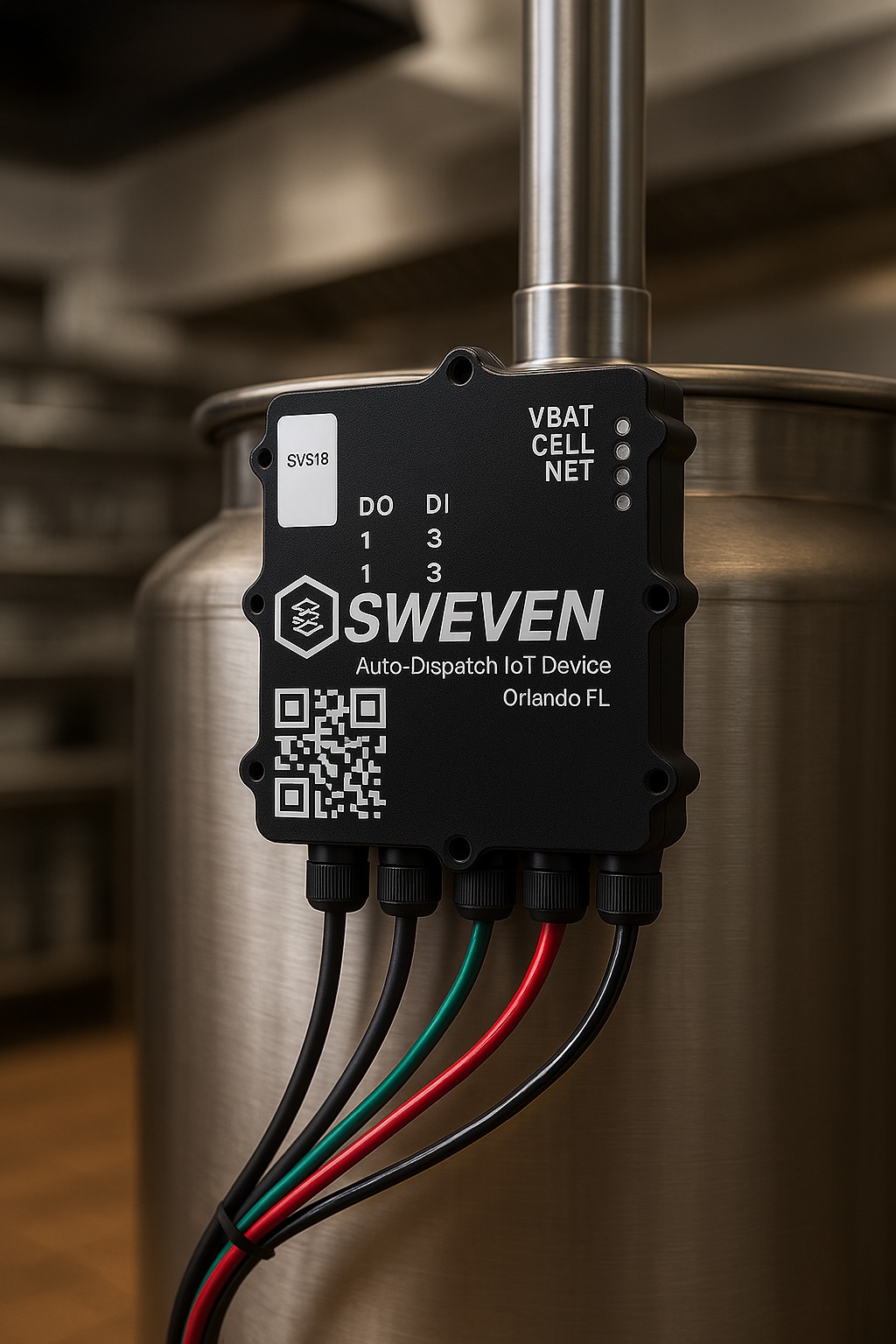Many industries have been integrating automation into their operation to make recurrent tasks easier to process and handle, such as data input, work order creation, and updating to Clients.
While it does require some level of attention during set-up, a well-integrated automation process goes a long way in extending the reach of an organization, granting the ability to take on more work and therefore, profit.
One of the things we have seen during our long time working in the facilities maintenance industry is that simple processes such as onboarding a vendor can take up to a week, maybe even more given this vendor has technicians we have to include in the system for contact and it’s difficult to obtain this information when we are not part of their workflow.
Billing can also be hard to handle in large quantities, as it’s difficult to separate or integrate partial payments or more than one job in a single invoice.
This process can be made simple and manageable for growing businesses using Sweven.
Here are a few examples of how to make the most of process automation for large amounts of work using Sweven.
Having a clear idea of the status of work being performed.
Sweven shows the tasks and their status in its Pipeline. This helps you visualize and make informed decisions on these items quickly and efficiently.

In this view, you can easily differentiate and update the status of your tasks. For instance, if we know that we can take on 10 jobs at a time with our current staff, we can tell there are only 6 «In Progress» items and we have the bandwidth to take on a few more. We can then select the items with a «Scheduled» and «Planning» status and assign them for them to be moved to «In Progress».
This will leave room for new jobs to be planned and scheduled, while the items in progress run their course. This will let you know exactly how much work you can take on and if there are potential and opportunities for even more!
Creating a Vendor network that works.
External vendors allow us to perform more work by getting a specialist to work on a task we cannot currently take on ourselves.
While it’s good to have a list on a separate platform, it gets inconvenient when you have too many trades to cover or you don’t know for certain the area they cover or how good they are.
We have converted those factors into objective observations that you can check while looking for the right vendor for the job.

Here you can see what trades, coverage, and rating a vendor has, making decision-making easier, and ensuring steady performance.
You can also save time by granting vendors access to Sweven’s vendor portal, in which they can set their rates, coverage and leave notes that you can use as means of reliable communication that leaves a registry for any member of your team to check on.

They can also do their own onboarding and submit their documents and certification, list of team members and roles themselves, saving you the hassle of reaching out and coordination.
This information will be available when selecting the right vendor for the trade you are covering, ensuring you will get the right team for the job.
Setting up recurring tasks.
If you have a contract that needs to be performed daily, weekly or mothly, like landscaping or safety checks, you can automate this task with the RM (recurrent maintenance module).

Here, you can program tasks for any set duration up to a year in advance. The resulting work orders can even be automatically assigned to a vendor during this process to ensure it all works our automatically, leaving you free to take on more work and focusing on billing and invoicing.
Simple enough! As you can see, you can leverage Sweven into an efficent tool to automate your tasks. How do you currently manage this tasks? Let us know in the comments!







